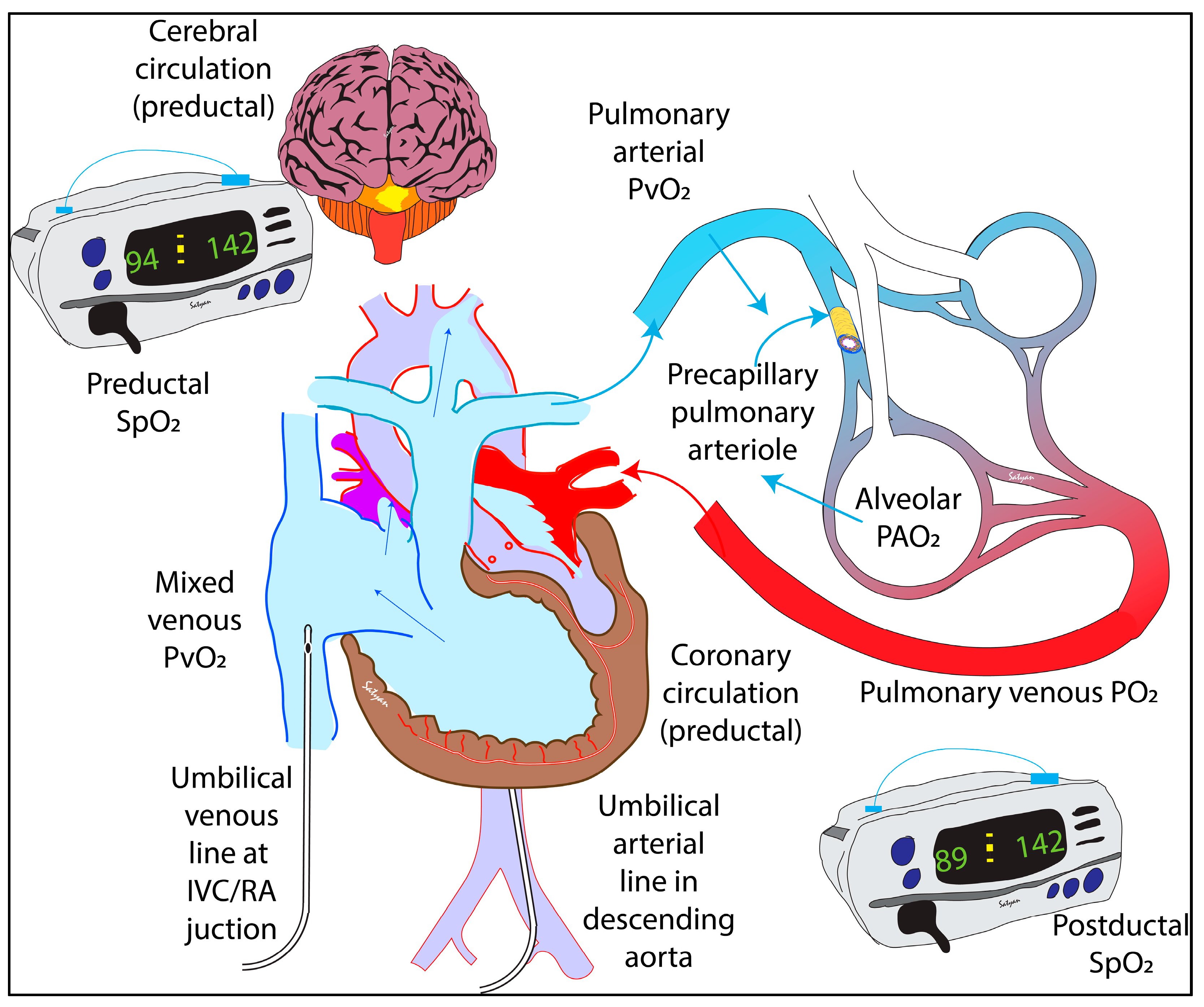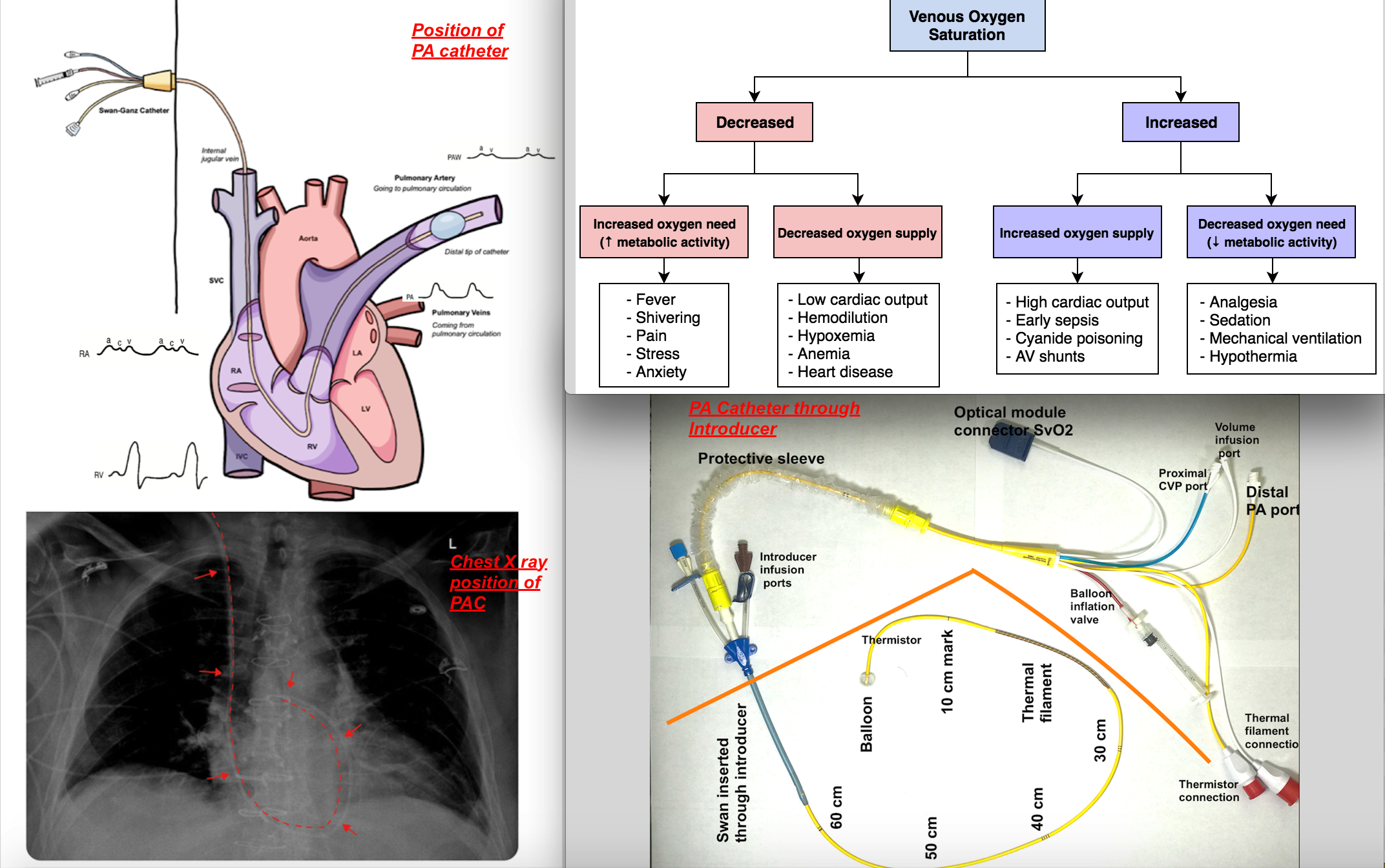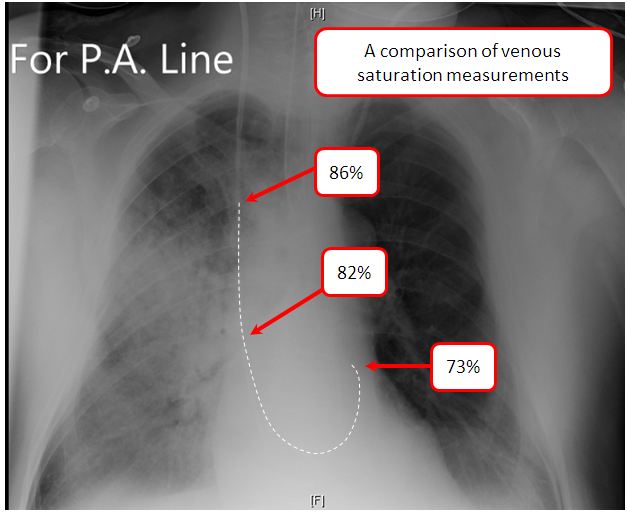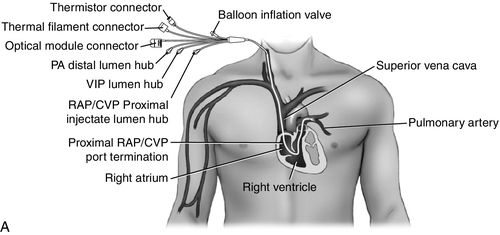Divine Info About How To Draw A Mixed Venous Gas

Aspiration of air into the blood gas syringe during sampling, or the presence of an air bubble are potential causes for false elevation of scvo 2.
How to draw a mixed venous gas. It contains blood which has traversed all systemic capillary beds capable of extracting oxygen, and is thoroughly mixed by the right ventricle. Demonstrate clamping off the butterfly tubing to stop the flow of blood. Demonstrate proper order of draw and draw and collect venous blood gas last.
How do you draw a mixed venous blood gas?. In the cath lab, we. Mixed venous blood gas, what is it?
And how do we use it in clinical practice? One of the nifty things about a vbg is that it can also give. Insert the needle proximally (ie, in the direction of venous blood flow), with the bevel facing up, along the midline of the vein at a shallow angle (about 10 to 30 degrees) to the skin.
To obtain your mixed gas or scvo2, you’re going to draw a vbg or venous blood gas. How do you draw a mixed venous blood gas?. The central venous po 2 (pcvo 2) is 40 mmhg.
It's called mixed venous because it is a mixture of the venous return from the svc and ivc. Although arterial blood remains the gold standard sample for blood gas analysis, it is, compared with peripheral venous blood, a. Transport to the laboratory immediately.
Mixed venous gases (svo2 ): Drawn from the pulmonary artery port of the pulmonary artery catheter. It contains blood which has traversed all systemic capillary beds capable of extracting oxygen, and is thoroughly mixed by the right ventricle.















